 As the pandemic stay-at-home orders are now being lifted around the United States, more and more people are looking to purchase a home. The mortgage rates have now dropped even more since the pandemic hit at the beginning of 2020.
As the pandemic stay-at-home orders are now being lifted around the United States, more and more people are looking to purchase a home. The mortgage rates have now dropped even more since the pandemic hit at the beginning of 2020.
The 10-year Treasury yield has consistently lead the mortgage rates but this has not been the case since the coronavirus has produced an economic downturn. The unpredictable economy has fueled unpredictable mortgage rates. On a good note, the parallel between mortgage rates and bond yields is improving.
“Financial volatility has notably decreased in recent weeks, resulting in steady improvements in the stock market, and more predictable — albeit modest — movements in bond markets,” Zillow ZG, 1.50% economist Matthew Speakman said. “The eased strains in financial markets have also resulted in mortgage rates remaining fairly flat in the last couple of weeks and are generally calmer following the turmoil experienced in the early days of the coronavirus outbreak.”
The end of May has shown “the lowest level since Freddie Mac began tracking this data starting in 1971.” Freddie Mac reported the week ending May 28 the average 30-year fixed-rate was 3.15%, a drop of nine basis points from the week before. This will make the third report in a row that has shown historical low-interest rates. The 15-year fixed-rate also dropped to 2.62% which was a drop in eight basis points.
Homebuyers are ready to buy and are looking to purchase a home in the next several months. According to the Mortgage Bankers Association, the amount of mortgage applications has been on the rise making the volume of purchase loans up 54% from early spring. This is a great time to purchase a home and sales should see a rebound from the pandemic.
Click Here For the Source of the Information.

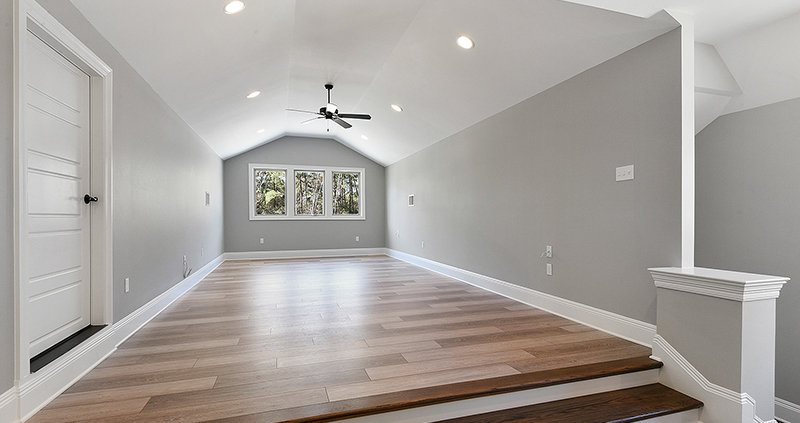
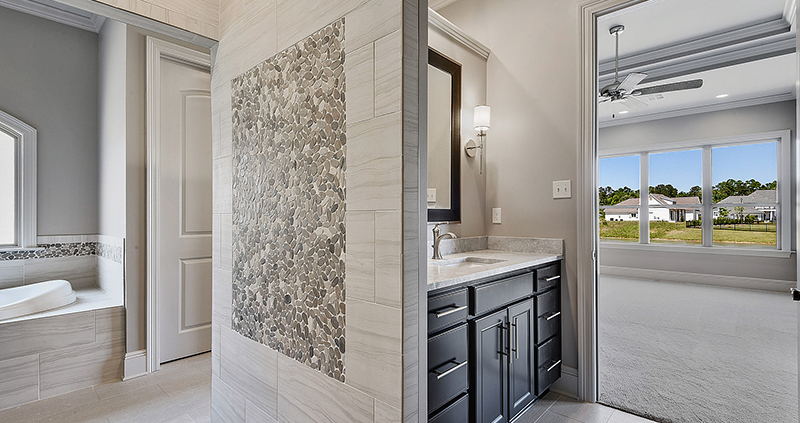
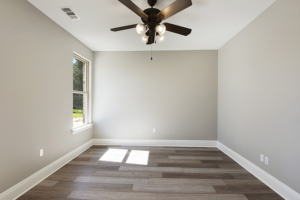 The
The 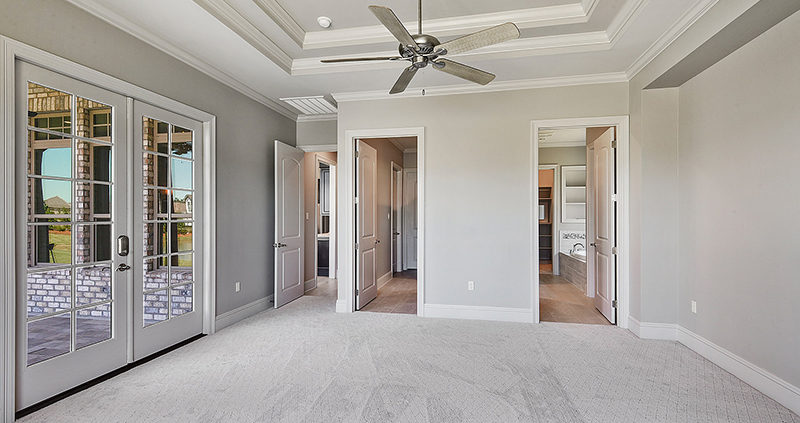
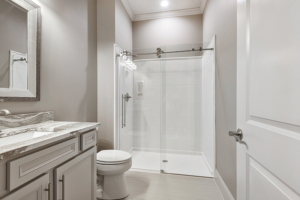 The economy might be in questionable times right now, but home buyers across the country are having a positive outlook on their home search. According to the recent
The economy might be in questionable times right now, but home buyers across the country are having a positive outlook on their home search. According to the recent 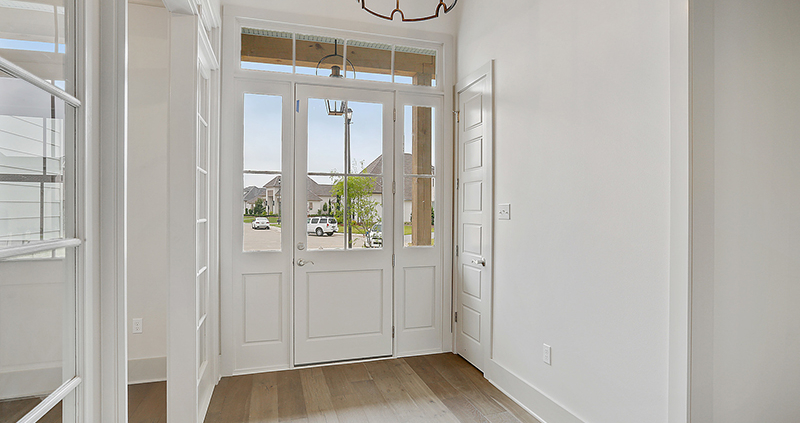
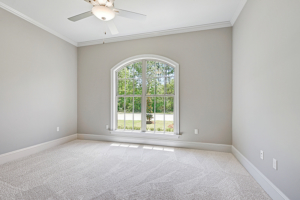 Home Energy Rating System (HERS)
Home Energy Rating System (HERS)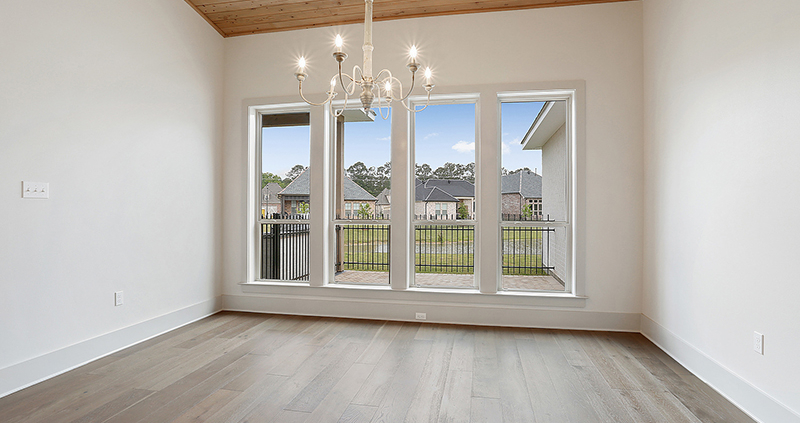
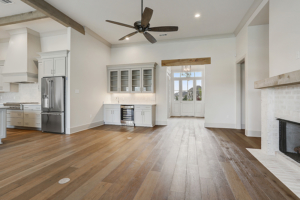 The country is still trying to get comfortable with the new norm. Life all around is ever-changing with the current pandemic. The real estate market is no different – agents, lenders and customers are connecting and transacting virtually. One thing that has remand constant in this uncertain day in age is purchasing a home.
The country is still trying to get comfortable with the new norm. Life all around is ever-changing with the current pandemic. The real estate market is no different – agents, lenders and customers are connecting and transacting virtually. One thing that has remand constant in this uncertain day in age is purchasing a home.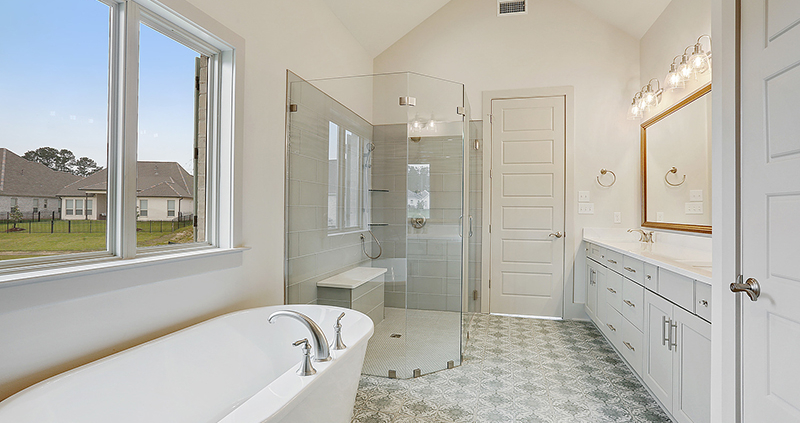
 The
The 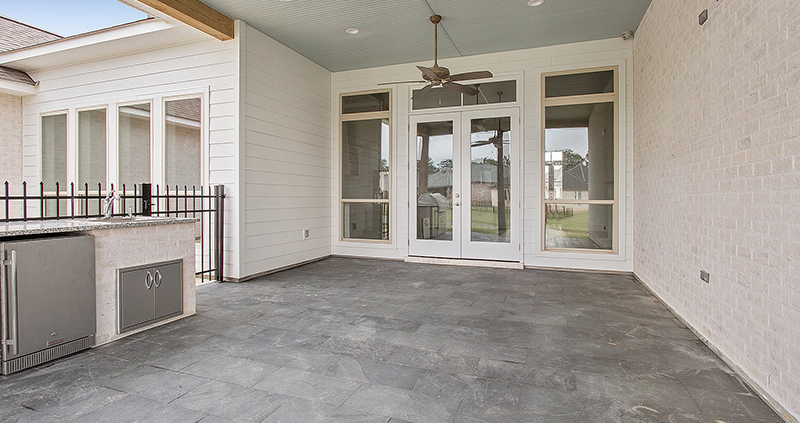
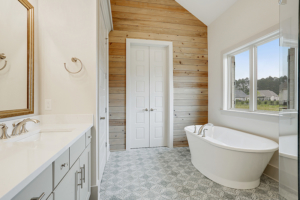 The US Labor Department’s
The US Labor Department’s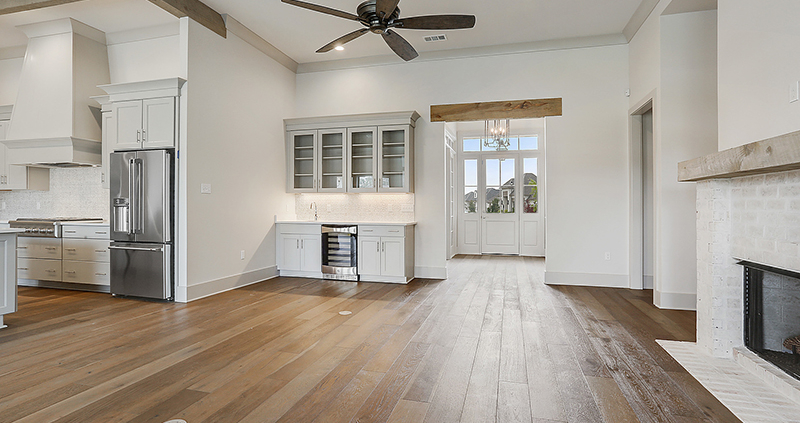
 Decreasing mortgage rates along with solid growth of spending on single-family construction and remodeling have kept the private residential construction up for the sixth consecutive month. According to the National Association of Home Builders, the Census Constructions Spending data reveal a 1.4% increase to a seasonally adjusted annual rate of $540.7 billion for total private residential construction spending this last December.
Decreasing mortgage rates along with solid growth of spending on single-family construction and remodeling have kept the private residential construction up for the sixth consecutive month. According to the National Association of Home Builders, the Census Constructions Spending data reveal a 1.4% increase to a seasonally adjusted annual rate of $540.7 billion for total private residential construction spending this last December.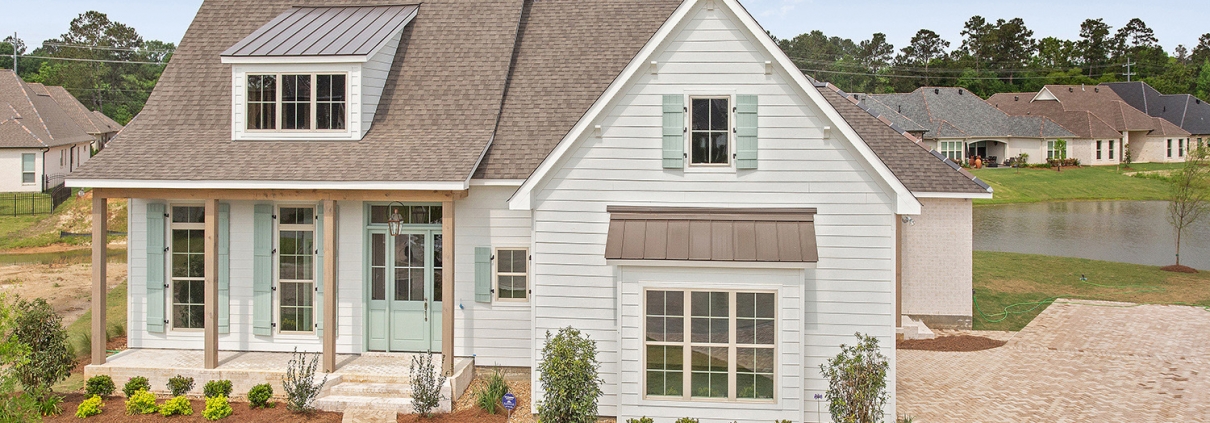
 If you are a local then you know about
If you are a local then you know about 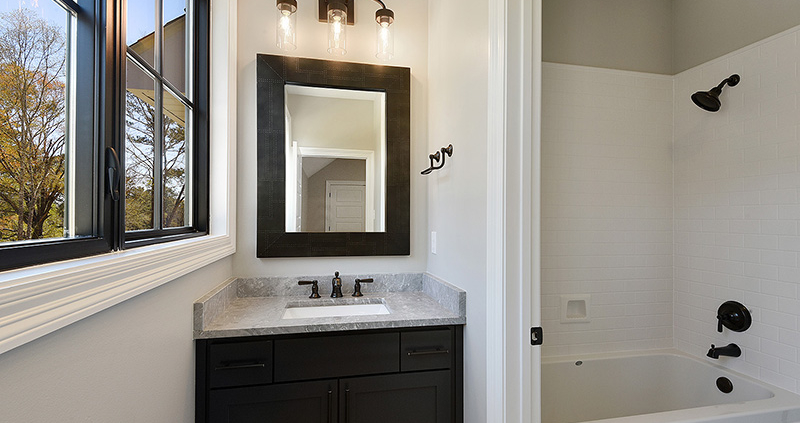
 Two major companies have announced plans to locate headquarters on the Northshore. Ampirical Solutions and Medline are slated to build two new headquarters in the area.
Two major companies have announced plans to locate headquarters on the Northshore. Ampirical Solutions and Medline are slated to build two new headquarters in the area.